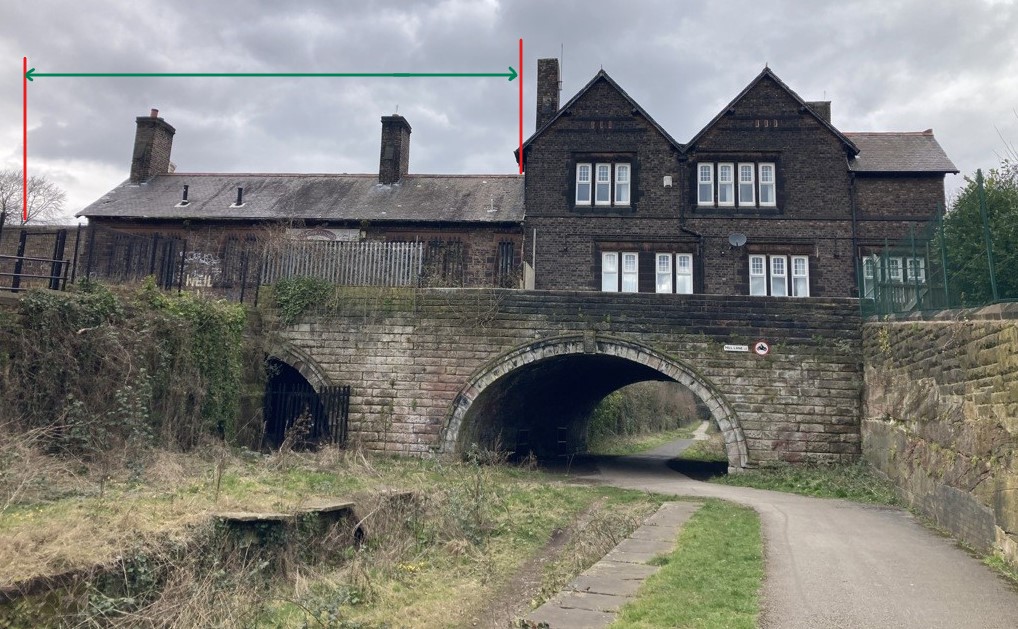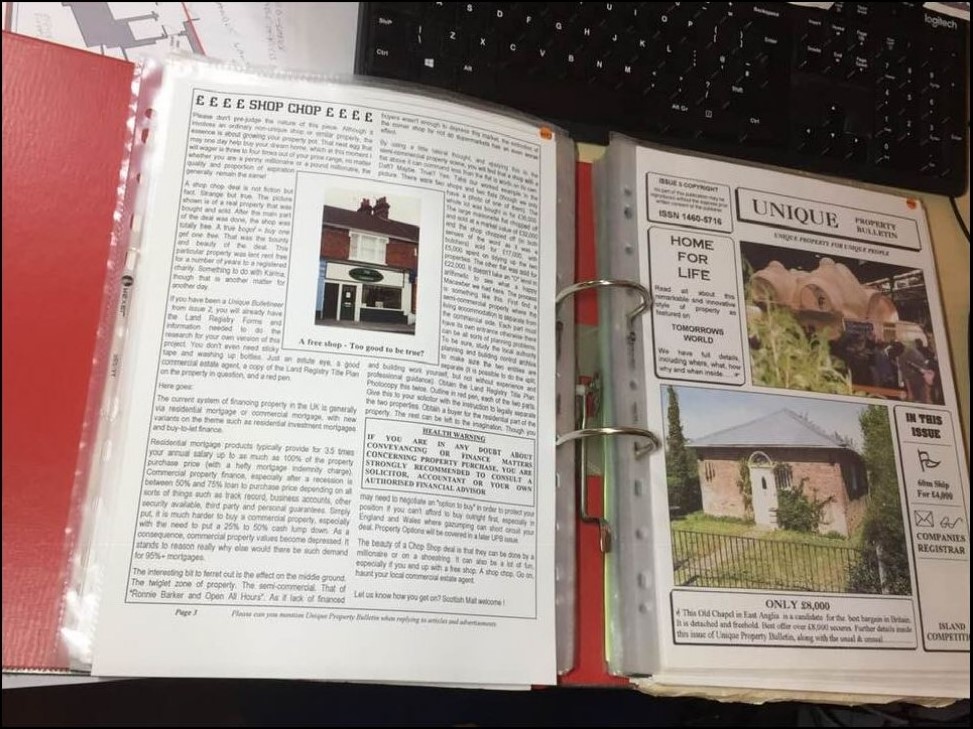Olympic & Large Ship Secrets
RMS Titanic By Francis Godolphin Osbourne Stuart (1843–1923).
This feature is partly a reflection on this being the year of the London Olympics and the ship of the same name – RMS Olympic – but mainly around 10th April 2012 being the 100 year anniversary of the departure of RMS Titanic on her maiden voyage. Then on the 15th April 2012 being the centennial memorial date of the RMS Titanic foundering.
RMS Britannic By Allan Green (1878 – 1954)
There were three “Olympic Class” sister ships: the RMS Titanic, RMS Olympic and the RMS Britannic.
The latter being reassigned as HMHS Britannic, and after sinking, the wreck being bought by maritime historian Simon Mills as recently as 1996.
Apposite though this year, 2012 is for remembering the large ships of the last century, we will focus this unique feature on an alternate style of “Large Ship Secrets” for modern times. Not so much on the RMS Titanic size – though it is certainly possible to buy a ship that large – but of the enigma that relatively small fibreglass yachts can go for many thousands, sometimes millions of pounds, whilst much more substantial commercial vessels go for a fraction of this amount.
The secret being how to acquire a large ship, at a remarkably low price, and manage to obtain the services of a requisite master mariner, chief engineer, officers, and AB crew to sail the vessel.
Given the sensitivity of this year, 2012 being the 100th anniversary of the sinking of RMS Titanic, we are gently progressing from the work of RMS Titanic’s sister ship, His Majesty’s Hospital Ship Britannic. Though on a much smaller scale. We start with the a marvellous modern day example of the hospital ship. The inspirational Vine Trust….
http://www.vinetrust.org/know/medical/the_ships
The Vine Trust started out with one ship, and then miraculously managed a second ship …
The Amazon Hope 2 (c) 2010 Courtesy of Mr Billy Greenman.
You can follow Billy Greenman’s adventure on the Amazon via his Web Log at ….
Billy In Peru Blogspot – The Amazon
Both Vine Trust ships are ex Royal Navy Fleet Diving Tenders that have undergone conversions to become medical service ships. Amazon Hope 1, previously named RMAS Milford was approximately 125 tonnes and 25m in length. The ship served on the River Clyde, being operated for the Ministry of Defence by private mercantile contractors. A second ship was soon added to the Vine Trust service.
Both Amazon Hope 1 and Amazon Hope 2 provide much needed medical help, on a charitable basis, to communities along the River Amazon (the second longest river in the world – the longest being the Nile), and serve the medical needs of a 100,000 riverside population. The Vine Trust and all who keep it going are an inspiration. If you click the above link, please can we ask you consider donating £5 or whatever you feel appropriate as every little helps this wonderful charity. Thankyou. Better than a fiver, we would encourage our readers to study the experiences of volunteers on these two ships, and consider a sabbatical effort joining the crew. Just read some of the awe inspiring and life changing Web Logs …
http://www.vinetrust.org/know/about_volunteer
A brilliant way to taste whether life on board a ship (instead of a boring semi-detached brick house ashore) is for you.
The style of vessel that the Vine Trust have so marvellously given a second life to are typical of Royal Navy fleet support vessels.
These range from the one of the eight “Manly” Class Royal Navy support ships – the ex-RMAS Milford, now Amazon Hope 1, to others such as the “Clovelly” Class, of which there were 27. An example is the RMAS Dornoch ….
 RMAS Dornoch (c) 2004 Mr James L. Woodward.
RMAS Dornoch (c) 2004 Mr James L. Woodward.
If this approximate size and type of ship does interest you, the first thing to do is buy a second hand copy of “Jane’s Fighting Ships” which is THE reference work you need to research possible candidates for purchase. The book can be bought on Amazon or Ebay. though is so big you will need a small wheelbarrow and a lot of postage stamps to have it delivered.
From there you can usually find several former MoD or RMAS vessels to research and seek out which type may be for sale. If not, please contact us and we will do our best to point you in the right direction. Though please keep your paws off of our favourite class. The Tornado Class of torpedo recovery vessels ….
RMAS Tornado (c) 2005 Russ McLean.
We are keen to buy one of these as it is the nearest we can find to the beloved MV Lochmor which we had the privilege of owning in 2001 ….
MV Lochmor (c) 2001 Russ McLean.
We would not have sold the MV Lochmor had her big sister, the MV Claymore not come up for sale…
MV Claymore (c) 2001 Russ McLean.
This is where we move across to our reader, this article, and some large ship secrets. With the exception of MV Claymore, and RMAS Tornado, ships of the above size can be bought for under £100,000. Indeed, some can be bought for as little as £1 (one pound) ….
PS Waverley (c) 2001 Russ McLean.
Yes that is right, one pound. The 693 ton paddle steamer was bought in 1974 for the nominal amount of £1…..
http://www.waverleyexcursions.co.uk/waverley.htm
Though in fairness a LOT of money has been fundraised and spent on maintaining the old girl as fit-for-purpose and especially as a moving exhibit, when so much of our nations maritime heritage is either scrapped, or for a lucky few, kept alive as static exhibits.
If you doubt the bargains to be had in what film star Bruce Willis calls old “Clunker Boats”, and the rest of us class as good, sturdy merchant ships, please contact ourselves and we shall do our best to get you into some trouble, and a little adventure. PLEASE do not go spending a huge amount on a fibreglass tub, when you can get ten times the vessel with much more seaworthiness for a fraction of the price – if you know some large ship secrets.
Next for this webpage, we need to mention the condition and sea worthiness of any prospective ship purchase. It is a good idea to look for tonnage that has pedigree. For example, the Northern Lighthouse Board ship, and now JCB family owned MV Windsor Castle (was for sale, temporarily off the market whilst the owner considers options)….
MV Windsor Castle (c) 2012 Tamahine Investments Ltd
Amongst the list of very well maintained ships are the three main lighthouse boards, CalMac (technically CMAL) the state owned ferry operator with dozens of ships; the Royal Navy and similar reputable sources.
A key is to look for newbuild ships when a “keel is laid”. Such an event often signals some older tonnage coming up for sale.
Then we move onto condition. A retired chief engineer is like gold dust. They also get bored with golf and love nothing better than to get back aboard a retired ship. We know, we had both!
To properly survey a ship of significant size, you need to drydock the vessel. this can be expensive. however, a very good idea is to ask the prospective seller if you can discreetly attend one of their routine scheduled drydockings and have your chief survey the ship. You would be amazed how many owners are helpful in this respect. It will also save you a fortune in having to drydock the thing yourself.
It is also truly AWESOME to see any ship out of the water. One of the best experiences is to stand at the base of the drydock and look up at the magnificent structure in its entirety ….
MV Claymore at Drydock (c) 2005 Russ McLean.
Following on from this we have the need for officers and crew required to manage such a ship. Here we run into the rules. But good rules. Many arising from lessons learnt after RMS Titanic. It all depends on what you intend to use your ship for. Commercial use requires UK MCA/Lloyds class rules. Though there is flexibility if you flag the ship outwith the United Kingdom. Beware the power of arrest if the vessel is at a UK port and not fit for purpose.
However, it is more likely that you are looking at recreational use of the ship. Here is part of the enigma surrounding ship price. Because many people literally become overwhelmed at the size of a ship, and the onerous rules surrounding these things, they shy away. Result, the price drops significantly.
If you play your cards right, you will end up with a brilliant bargain. Many commercial ships lend themselves to recreational use. The MV Windsor castle pictured above is a fine example. Even the Queen now derives huge pleasure chartering an old CalMac ferry, now known as the MV Hebridean Princess, for holidays and special events. So it is certainly possible to use a large commercial vessel for recreational purpose. Generally via what used to be termed the Mega Yacht Code, then the UK Registry of Ships & Seamen brought out new Large Commercial Yacht codification …
Large Ship Code – Mega Yacht Guide
The key with this, is to acquire the final of our large ship secrets. Obtain a “Dads Navy”. That is a group of friends who still hold the requisite navy “tickets” as master mariner, chief engineer ABs etc., and are, as mentioned earlier, bored of golf.
Any problems locating such fine sea salts, please let us know. We have a splendid diary of friends who are all too keen to bring all hands on deck to help any brave souls effort to keep some of the wonderful ships we have in this country fit for sea and in full trim.
From experience, there are fabulous times and nautical stories aplenty, should you be lucky enough to acquire a large ship instead of one of the all too common plastic toy boats.
Not just that, but waking up each morning to a sea view that most house dwellers would pay a fortune for is something you never get tired of.
Once you buy the ship of your dreams, it should have a purpose. Whether recreational, philanthropic or commercial. It is a main rule of ship owning to keep your ship “warm”. Cold, or ships left with all systems off for lengthy periods can deteriorate. For advice on this, please feel free to get in touch.
+ + + + + + + + + + + + + + + + + + + + + + + + + + + + + + + + + + + + + + + + + + + + + + + +
Last but not least, our respects to all the relatives of those 1,514 and more souls that perished a hundred years ago.















